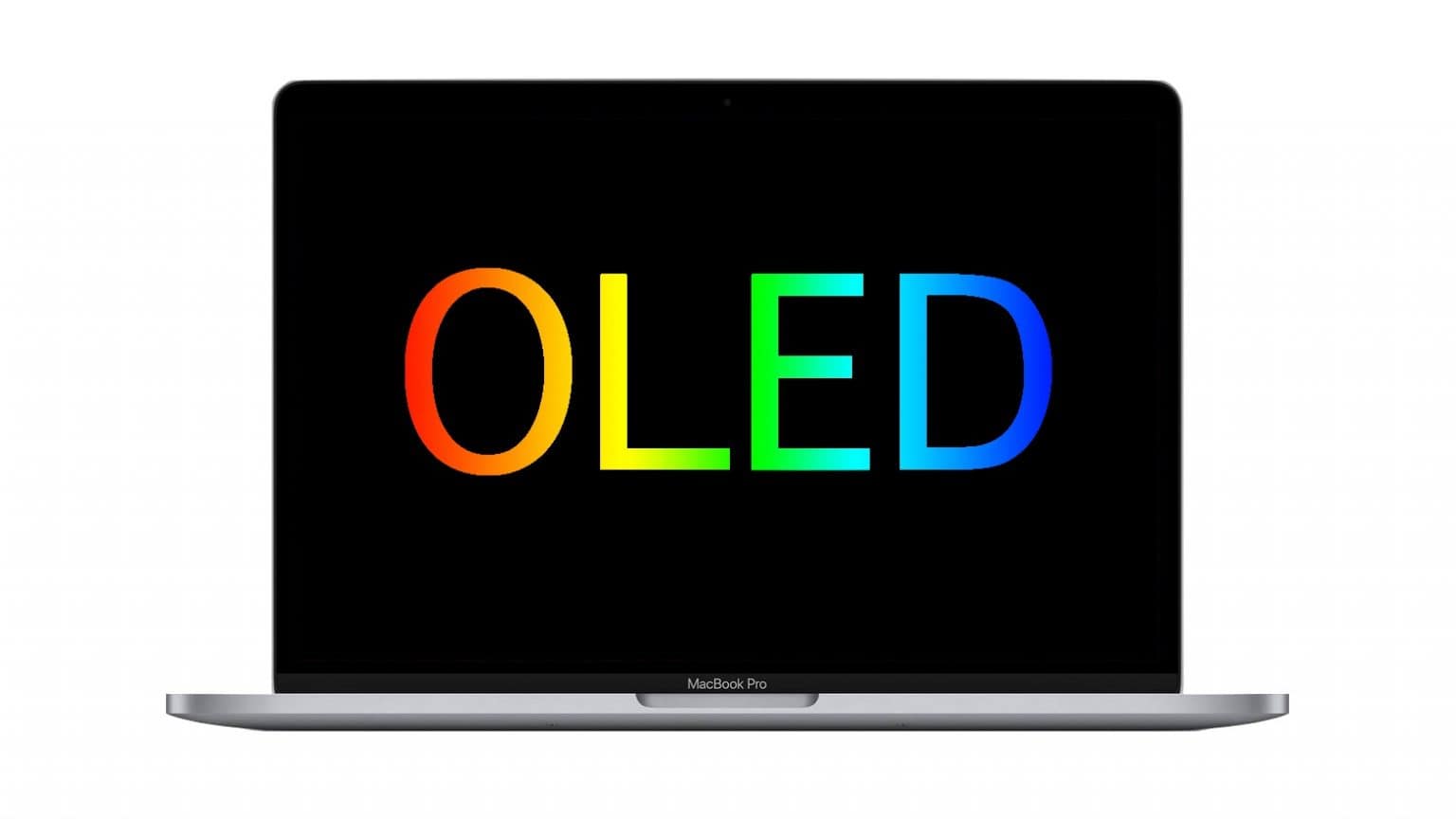A trusted Apple analyst recently predicted MacBooks would never use OLED displays, shutting macOS laptops out from the best-looking type of screen. But an expert in display technologies disagrees, as do several other analysts.
iPads with OLED screens have been rumored to be on Apple’s drawing board. And iPhones and Apple Watch already use this type of display. It’s possible the tech will spread to all Apple products. There are advantages and drawbacks to OLED, though.
In an OLED (short for organic light emitting diode) screen, each pixel glows, removing the need for a backlight. This produces a high contrast ratio because pixels showing dark colors don’t need to light up at all. Plus, the whole screen is lighter and thinner.
However, this technology is not without problems.
Drawbacks of OLED
The debate about a possible OLED MacBook was touched off by Ming-Chi Kuo, a veteran analyst for TF International Securities. He recently said in a note to investors, “From a technical perspective, OLED is not suitable for productivity devices due to burn-in and lifetime issues.”
As mentioned, Apple uses OLED screens in iPhones and wearables. And the company warns users about the potential for burn-in. “With extended long-term use, OLED displays can also show slight visual changes,” reads the Apple Support page on iPhone screens. “This is also expected behavior and can include ‘image persistence’ or ‘burn-in,’ where the display shows a faint remnant of an image even after a new image appears on the screen.”
To Kuo’s point, people use laptops more than iPhones. Even teenagers that seem glued to their iPhones don’t compare with the many MacBook owners who use their computers for eight or 10 hours every workday. Someone who extensively uses Photoshop or Excel as part of their job could burn these apps into their screen.
iPad usage falls somewhere in the middle. While some people use them much as they would a large iPhone, others have made their iPad into a productivity device by adding keyboards, mice and/or trackpads.
These OLED drawbacks can be overcome
Some experts disagree with Kuo, saying OLED’s limitations don’t present a real roadblock to using the technology in Macs. Ray Soneira is president of DisplayMate, a company that specializes in testing and evaluating screens of all types. He spoke with Cult of Mac about the possibility of an OLED MacBook. And he pointed out that manufacturers already know ways to work around the problems with this type of display.
“For OLED TVs, there are technologies to automatically compensate for any aging by keeping a record of the sub-pixel luminance levels and then adjusting the drive levels to compensate,” said Soneira. In layman’s terms, he’s saying that burn-in can be mitigated by tracking how much each sub-pixel gets used during the life of the display, and then brightening specific ones that are starting to dim. Or the brightness of rest of the display could be modified to compensate for sub-pixels that are aging more quickly.
The head of DisplayMate also argues that MacBooks are actually a better option than iPhones for OLED screens. “Aging will increase at higher luminance levels, but smartphones have higher luminance than laptops, so aging issues will be lower on laptops than on smartphones,” Soneira said.
He isn’t alone in being optimistic about an OLED MacBook, either. Tom Kang, an analyst with Counterpoint Research, said “the burn-in problem has been mitigated.”
He also told Cult of Mac the delay in seeing an OLED MacBook may have more to do with price than screen burn-in. “LCDs are more affordable than OLEDs,” Kang said. “That could be a bigger reason for companies to roll out OLED products more slowly.”
An OLED MacBook might be in the cards
But Kang remains confidant an OLED MacBook will happen.
“Apple will be conservative, so not the first to jump on the bandwagon, but it will consider [making OLED MacBooks] as the technology is more proven on laptops,” said Kang. “We expect MacBook OLED products to come in the future. Maybe not soon, though.”
Chirag Upadhyay from Strategy Analytics is perhaps even more optimistic.
“I believe Apple will make a move towards OLED display in the future (maybe towards the end of 2022 or in 2023) once they roll out OLED tablets,” he told Cult of Mac.
His reasoning is simple: There’s demand for it. At launch, an OLED MacBook will be a luxury product. But as Upadhyay points out, “Apple has a large installed base of premium and content creators who I believe are most likely to adopt OLED displays.”
Apple could go all-in on OLED
All Apple’s handsets use OLED screens except the iPhone SE released in 2020. And if the majority of the analysts Cult of Mac talked to prove right, an OLED MacBook should reach customers’ hands in a few years. But iPad could make the switch before then.
Upadhyay from Strategy Analytics thinks an Apple tablet with OLED will happen. And there have been sporadic rumors to that point.
Before then, however, Apple is expected to put mini-LED screens — an improved version of LCD that uses many more tiny backlights — in all its tablets, laptops and desktops. The process already started with the new 12.9-inch iPad Pro that goes up for preorder Friday alongside the colorful new M1 iMacs.
The iPad Pro’s new mini-LED display is thicker than an OLED screen would be, and not cheap to produce, but looks better than a traditional LCD/backlight.


